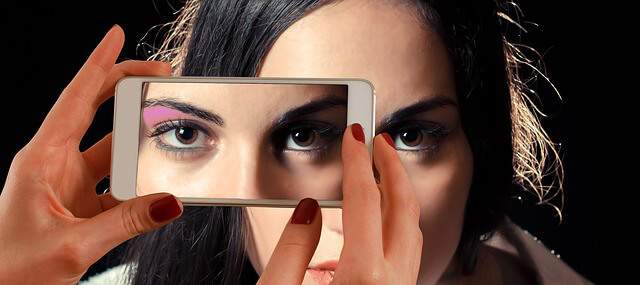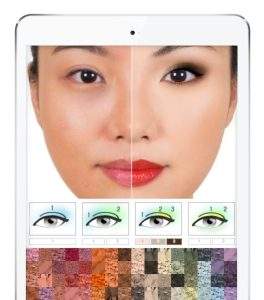How Is AR Affecting Anti-Aging?
The big reveal of the new iPhone X and its augmented reality (AR) capabilities – an area where Apple is making a huge push – made us think of just how hot the topic of AR is becoming in cosmetics and personal care, including anti-aging.

- App users were 1.6 times more likely to buy cosmetic products, versus those who didn’t use the app.
- Use of an app corresponds to higher consumption, as users spent 2.7 times more money on beauty products than women who didn’t use the app.
- The app’s AR “try-ons” drove twice as many sales, and even much higher than that for some brands.
- Gen Z users are ten times more likely to make purchase decisions on beauty products after using an app, and millennials are twice as likely.
Asian consumers are renowned early adopters of technologies that later catch on in other countries, so their embrace of AR for beauty products is probably a bellwether for other markets. Plus, when an Apple begins pushing a technology like AR as hard as it’s doing, app developers and entire market segments typically jump on that bandwagon.
But in anti-aging, many Western marketers have already gotten aboard. So, too, have a surprising number of their consumers.
Anti-aging AR: It’s not on its way, it’s already here
To combat the effects of aging, we’ve already seen how people are willing to spend whatever it takes to stave off wrinkles, hair loss and whatever else Father Time tries to bring their way. More notably, that’s a trend being increasingly driven by younger and younger consumers: 30% of women under 35 regularly use anti-wrinkle products, including one in five under the age of 24.
These same consumers are the audiences being targeted by tech companies and app developers, just as they’re being targeted by beauty brands and personal care product marketers. The synergies are obvious.

In late 2016, P&G unveiled Olay Skin Advisor, which Dr Frauke Neuser, Principal Scientist for Olay, claims “uses artificial intelligence to deliver a smart skin analysis and personalized product recommendation, taking the mystery out of shopping for skin care products.”
At in-cosmetics Global this past spring, Sederma showed off its own interactive mirror designed to pull a visitor into a ‘Matrixyl Wonderland’ to view the accelerated ageing of their face, and then experience the rejuvenating effects of Matrixyl Morphomics.
AR is finding more and more application in anti-aging, in other words, and the trend will only continue now that AR software is capable of reliable, sophisticated skin analysis and diagnostics. There may be a point at which a smartphone can warn a user when they’re on the verge of excessive sun exposure or even spot the warning signs of skin cancer or other ailments. User skin analytics data can be collected and analyzed by formulators, who’ll then be able to provide items customized to the individual consumer, or develop real-time insights into what ingredients or products are getting traction in the marketplace.
As Greg Estes, VP of Developer Programs at NVIDIA, which supplies a machine learning platform used by Olay Skin Advisor, put it…
“AI is not a technology of the future – it’s transforming our world today. Olay and other leading brands are using AI to infuse devices and apps with intelligence, bringing new experiences, unprecedented personalization and real benefits to people’s lives.”
